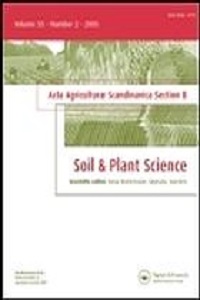

Since soil organic matter (SOM) buffers against impacts of climatic variability, the objective of this study was to assess on-farm distribution of SOM and propose realistic options for increasing SOM and thus the adaptation of smallholder farmers to climate change and variability in the interior northern savannah of Ghana. Data and information on spatial distribution of soil organic carbon (SOC), current practices that could enhance climate adaptation including management of organic resources were collected through biophysical assessments and snap community surveys. Even though homestead fields were more frequently cultivated, higher amounts of SOC (15 ± 2 g kg−1) were observed in homesteads when compared to the periphery cropped sections in bushes (SOC = 9 ± 1 g kg−1). Possibly, a combination of household wastes, droppings of domestic animals that are mostly reared in a free-range system, manures applied to crops and cultural norms of chieftaincy, which cause short-term fallowing of homestead fields could account for the differences in SOC. Use of organic resources for soil amendment among farmers was low (31% of interviewed farmers) due largely to ignorance of fertilizer values of manures and residues, traditions for bush-burning and competing use of organic resources for fuels. Our findings suggest a need for effective management practices, training and awareness aimed at improving management of organic resources and, consequently, increasing SOC and resilience to climate-change-induced risks.








